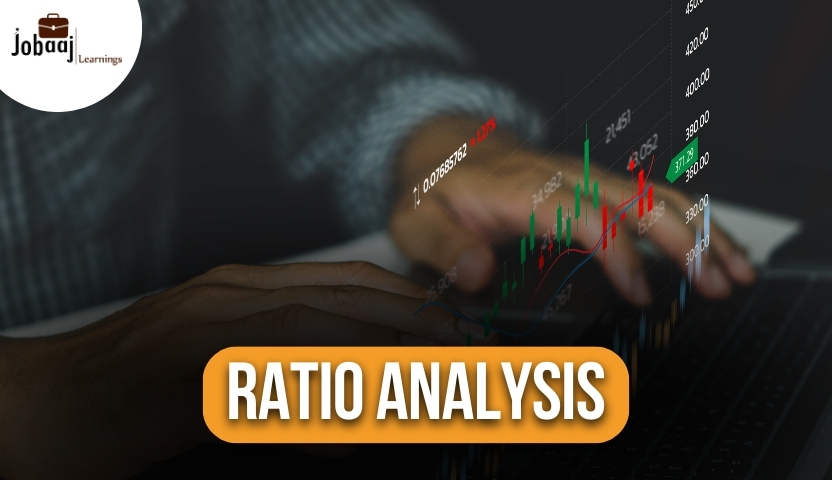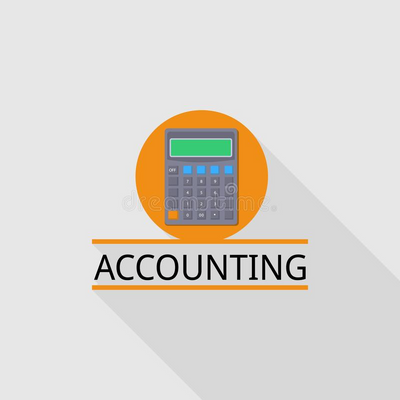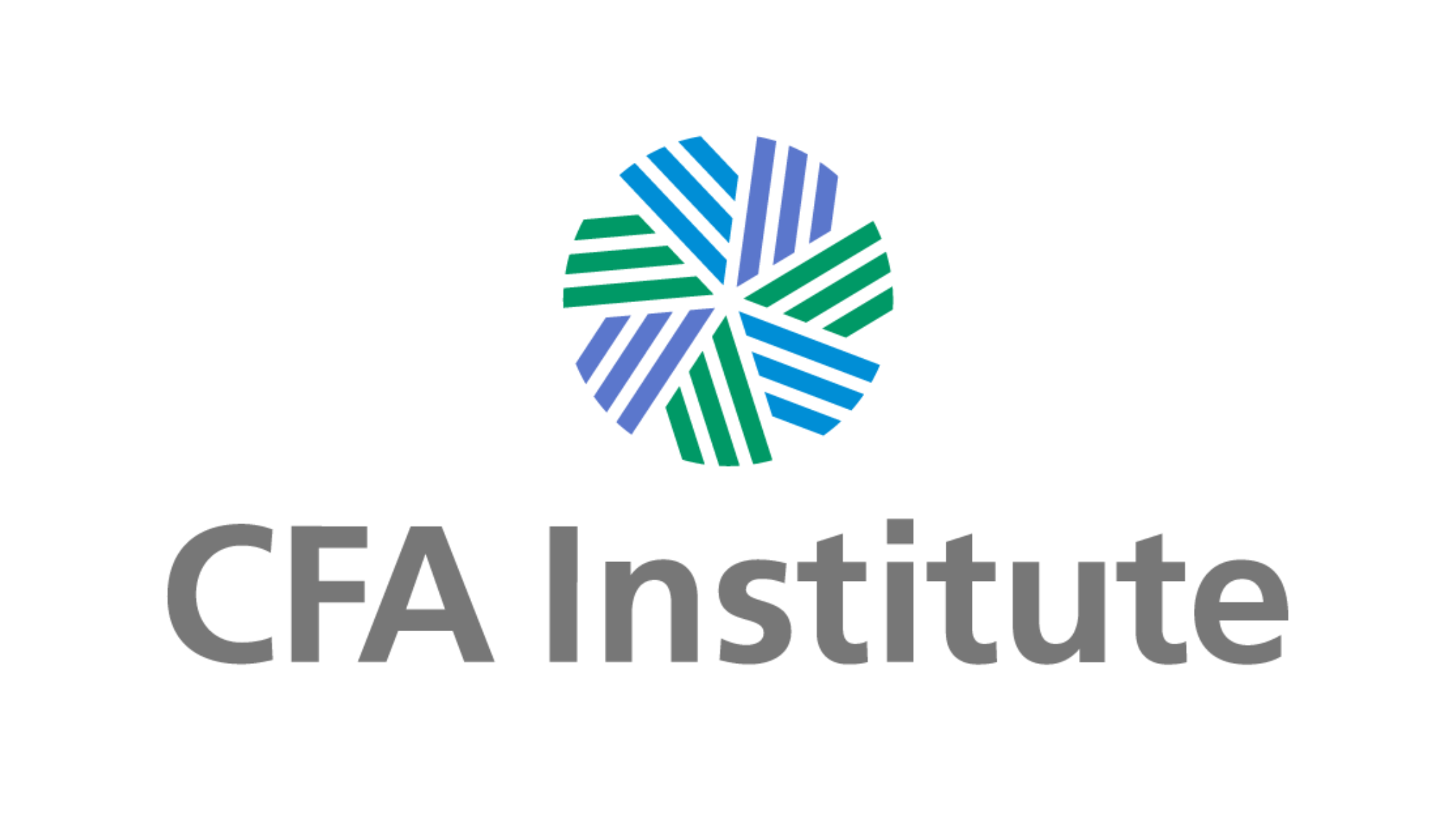A product manager plans, develops, launches, and manages a product or service. From ideation to development to market entry, it covers the entire lifecycle of a product.
During all stages of the product lifecycle, product managers ensure that a product meets the needs of its target market and contributes to the business strategy.
Product manager interviews can often be thorough and consist of a wide range of technical and behavioral questions. Some of the domains on which you might be asked questions are product marketing, product lifecycle, sales funnels, etc.
Technical Questions
1. What can be your go-to-marketplace approach for our products?
Interviewers will take a look at your realistic know-how with this product supervisor interview question. Therefore, it's probable that you may be requested questions on the marketplace approach, pricing approach, and product control withinside the interview.
A marketplace approach is a product release plan that predicts the release, an advertising plan after release, and different associated product timelines. Therefore, even as answering the question, consider encompassing the subsequent points:
Key overall performance indicators (KPIs)
- Timelines associated with product release
- Marketing Plan
- Marketing budgets
2. How will you address a product failure?
Product managers ought to have a few recouping structures to get over the bruises of a product failure. Similarly, they ought to be able to come up with plans to counter a potential product failure. The interviewers need to check your communication, crew building, and crew handling talents with this question.
So, whilst answering the question, encompass traits that make you a very good leader. You can also count examples from your own management experience wherein you handled situations that required you to come up with solutions to problems.

3. How do you tune the overall performance of the product?
There are distinctive strategies for monitoring the overall performance of a product. However, those 4 strategies are broadly utilized by product managers.
- Product utilization
- Product first-rate
- Product improvement
- Business overall performance
This query is typically requested in product supervisor interviews to gauge the technical competencies of aspirants.
4. What are the most exciting technology trends and why are they important?
An expert product Manager should have an idea of the modern trends within the industry. Listen for augmented reality, the increase of audio interactions in all systems, digital reality, analytics, synthetic intelligence, or blockchain. Ask how they may have an effect on people as they turn out to be greater regularly occurring and concentrate on automation, predictive analytics, and method automation.
Explore their techniques for staying on the pinnacle of tendencies and the way they'll contain advances in the answers they may be bringing to market.
5. What are the identifiable differences between a project manager and a product manager?
A product manager is responsible for overseeing the lifecycle, feasibility, marketability, and vision of the product. The product manager might then put many projects in motion to execute the product lifecycle.
A project manager is responsible for an individual project. The project might pertain to a specific segment of a product lifecycle.
6. What is your most powerful ability set as a product manager?
This query is seeking to see what you're exactly at and what you'll convey to the team. They are seeking out competencies that can be useful, result-oriented, and productive to the team. Some competencies to bear in mind are problem-fixing and communique competencies, as those are vital for product managers.
Pick an ability that you are top-notch at and construct your achievement with it. This is a possibility to reveal what you realize and the successes your skillset has led to.
7. How do you outline a very good consumer interface?
A proper consumer interface is simple, intuitive, and consistent. It successfully communicates critical records and decreases consumer errors.
8. What changes would you make to our product?
I would create a strategic roadmap before redesigning the product, and I would begin by identifying its shortcomings and areas for improvement. I would speak with customers, engineers, and other stakeholders to ascertain that.
Retaining and adding features that are special and facilitate easy use of the product would be the following phase. In order for the product to properly perform its primary role, it must be innovative and have less variation.
In order to increase sales & revenues without lowering user pleasure, I would also work to make it cost-effective.
9. How do you know when to use shortcuts in order to get a product to market?
I would launch a product and take shortcuts if:
The prototype is ready for release, and I need market feedback for further product development because the product has been delayed and the team has spent more time than anticipated.
The product is situation-specific and would perform worse if it were introduced later.
To avoid harming the company's reputation, I would, however, wait until the product is prepared to debut and is able to live up to client expectations.
10. How should a product development strategy be explained?
In a product development plan, topics including market demand, competitive landscape, business position, technology potential, and domain and design competence are covered.
A successful product development communicates
- emerging markets and customer-friendly technology.
- How it intends to produce income and achieve business objectives
- Target audience behavior
11. How do PLM and ERP differ from one another?
PLM focuses on design and innovation, whereas ERP supports the production of high-quality products.
Concept, design, production, and distribution are all handled through PLM. Manufacturing, resource planning, HR, purchasing, accounting, inventory control, and order management are all made possible by ERP.
12. How do you determine a product's price?
I would decide on an efficient pricing approach to set a product's price in order to make it affordable.
I would analyze the market and my target market before looking at the pricing policies of my rivals.
Here, three crucial additions would be:
- Cost of goods sold, production, packaging, marketing expenses, and shipping are examples of variable costs.
- Unavoidable costs such as rent, power, employee pay, etc. are known as fixed costs.
- The company's target profit per unit is known as the profit margin.
13. From a product manager's perspective, what factors are used to gauge a product's market performance?
Four factors can be used to assess a product's commercial success:
- Monthly users and users per feature of the product.
- Product Quality: Escalation, unfavorable comments, and product testing to confirm the product's quality and create a plan for continued improvement.
- Product development: Timeliness of delivery, accessibility of resources, and expected development time.
- Customer experience, revenue, bookings, profitability, and costs all contribute to business performance.
14. How can you tell if a product is well-designed?
A good product, in my opinion, is straightforward and user-focused. It should be innovative and inclusive with a subdued design interface.
15. What sort of product is poorly designed?
A poorly designed product is one that fails to achieve its goals and leaves the user unsatisfied.
16. What are the identifiable differences between a project manager and a product manager?
A Project Manager will force the everyday sports for each meeting, could be very specific approximately who`s doing what, and could be chargeable for the on-finances and on-time shipping of commitments.
A product Manager is likewise chargeable for the shipping however they'll act greater as a commercial enterprise owner, chargeable for the achievement or failure of the service or product withinside the market.
17. What is your most powerful ability set as a product manager?
This query is seeking to see what you're exactly at and what you'll convey to the team. They are seeking out competencies that can be useful, result-oriented, and useful to the team. Some competencies to bear in mind are problem-fixing and communique competencies, as those are vital for product managers.
Pick an ability that you are top-notch at and construct your achievement with it. This is a possibility to reveal what you realize and the successes your skillset has led to. Choose the only this is your strongest.
18. How do you outline a very good consumer interface?
A proper consumer interface is simple, intuitive, and consistent. It successfully communicates critical records and decreases consumer errors.
19. What changes would you make to our product?
I would create a strategic roadmap before redesigning the product, and I would begin by identifying its shortcomings and areas for improvement. I would speak with customers, engineers, and other stakeholders to ascertain that.
Retaining and adding features that are special and facilitate easy use of the product would be the following phase. In order for the product to properly perform its primary role, it must be innovative and have less variation.
In order to increase sales & revenues without lowering user pleasure, I would also work to make it cost-effective.
20. How do you know when to use shortcuts in order to get a product to market?
I would launch a product and take shortcuts if:
The prototype is ready for release, and I need market feedback for further product development because the product has been delayed and the team has spent more time than anticipated.
The product is situation-specific and would perform worse if it were introduced later
To avoid harming the company's reputation, I would, however, wait until the product is prepared to debut and is able to live up to client expectations.
21. How should a product development strategy be explained?
In a product development plan, topics including market demand, competitive landscape, business position, technology potential, and domain and design competence are covered.
A successful product development communicates.
Emerging markets and customer-friendly technology.
How it intends to produce income and achieve business objectives.
The budget of the client is impacted by economic considerations, and consumer behavior is changing.
22. How do PLM and ERP differ from one another?
PLM focuses on design and innovation, whereas ERP supports the production of high-quality products.
Concept, design, production, and distribution are all handled through PLM. Manufacturing, resource planning, HR, purchasing, accounting, inventory control, and order management are all made possible by ERP
23. How do you determine a product's price?
I would decide on an efficient pricing approach to set a product's price in order to make it affordable.
I would analyze the market and my target market before looking at the pricing policies of my rivals.
Here, three crucial additions would be
Cost of goods sold, production, packaging, marketing expenses, and shipping are examples of variable costs.
Unavoidable costs such as rent, power, employee pay, etc. are known as fixed costs.
The company's target profit per unit is known as the profit margin.
24. From a product manager's perspective, what factors are used to gauge a product's market performance?
Four factors can be used to assess a product's commercial success:
Monthly users and users per feature of the product.
Product Quality: Escalation, unfavorable comments, and product testing to confirm the product's quality and create a plan for continued improvement.
Product development: Timeliness of delivery, accessibility of resources, and expected development time.
Customer experience, revenue, bookings, profitability, and costs all contribute to business performance.
25. How can you tell if a product is well-designed?
A good product, in my opinion, is straightforward and user-focused. It should be innovative and inclusive with a subdued design interface.
26. What sort of product is poorly designed?
A poorly designed product is one that fails to achieve its goals and leaves the user unsatisfied.


















.jpg)



.jpg)

